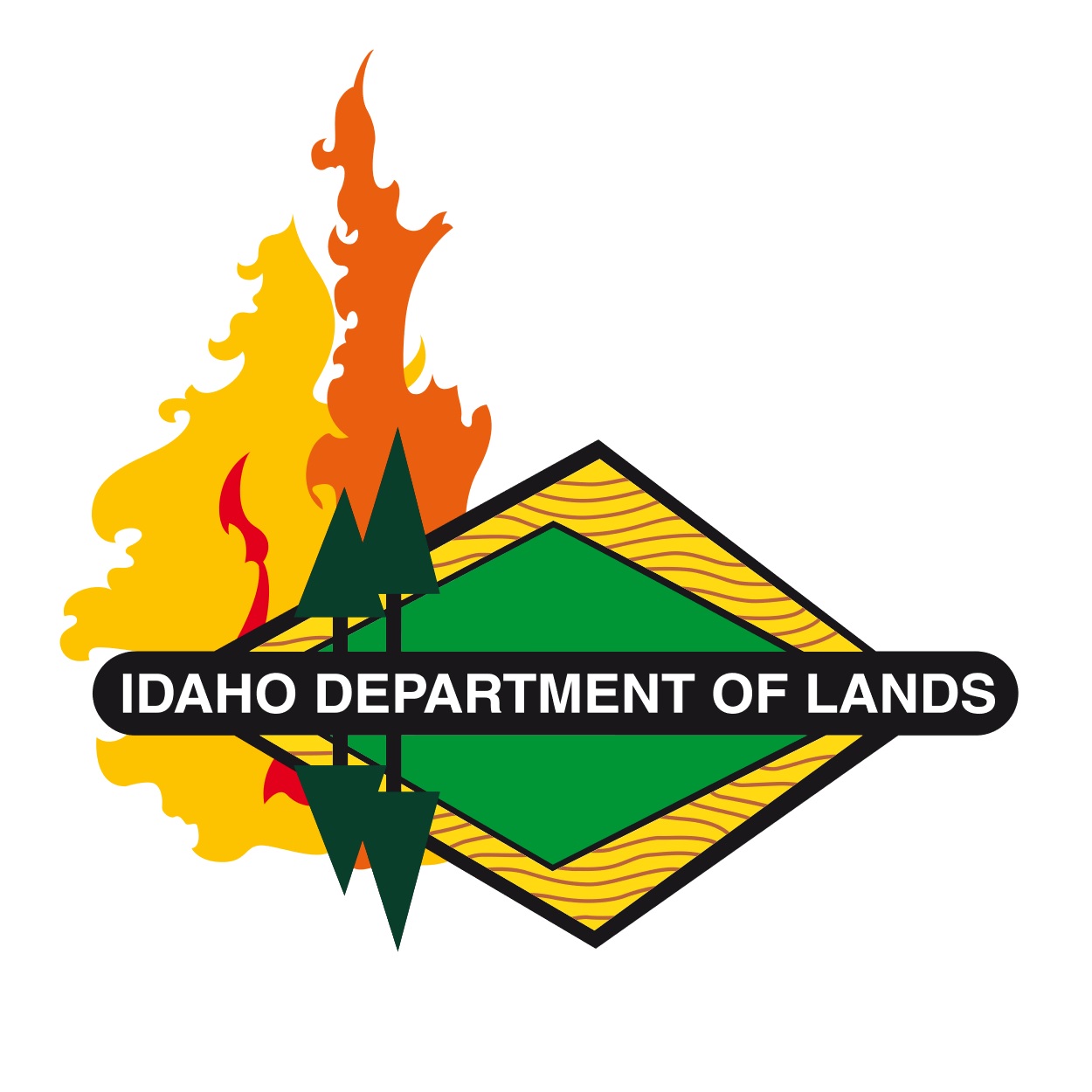More accurate forest inventory methods to increase harvest of trees before they are vulnerable to insects, disease, and wildfire
Monday June 15, 2020Boise, Idaho – Aged and over-crowded trees are at the most risk for insects, disease, and wildfire, and now the Idaho Department of Lands (IDL) can better determine where those trees are located and how to better manage endowment forests.
IDL keeps an inventory of timber to assist in the planning process of keeping forests productive and healthy, while also raising money through timber sales for Idaho Endowment Beneficiaries like Idaho public schools. Over the years, inventory methods have improved by including sampling of more plots, trees, and locations on a more robust schedule around the state. This inventory process has shown that about a 33 percent increase of timber harvesting is needed to keep up with tree growth and meet the long-term desired standing volume of the timber asset.
The State Board of Land Commissioners provides direction to the Idaho Department of Lands and approved the increased harvest plan. IDL manages about one million acres of endowment timberlands, which makes up about five percent of forests in Idaho.
“The harvest increase allows us to address the excess standing volume, or in other words, the too many overly mature trees that should be harvested rather than left at risk for insects, disease and wildfire,” said Jim Elbin, Trust Land Division Administrator. “Our endowment forests will be more resilient and resistant to those threats because the forests will be healthier, and our state will be helped by the increased revenue in timber sales.”
The 33 percent increase in timber harvests is expected to boost timber revenues at the same rate. Even before the plan for increased harvests, in fiscal year 2019, $1.3 billion in services and goods were generated from endowment land timber harvests. Sales generated $77 million in revenue, supported more than 6,600 jobs, and more than $270 million in wages.
“The elevated harvest rate is expected to last between five to 25 years, but we will be updating our inventory and evaluating our harvest levels every five years,” said Elbin. “Our goal is to keep forests healthy and provide the best long-term return to the beneficiaries.”
Tree seedling planting will also increase with the additional tree harvests. In 2020, IDL is already planting nearly 2 million seedlings.
Editor’s note: Download broadcast-quality video and images of people working in the timber industry for use in news coverage: https://www.dropbox.com/sh/wpzx2s8hhtq0v0a/AAAfHFyqRUofIKkYeX-inBIwa?dl=0
More about IDL: When Idaho became a state, Congress granted Idaho Endowment Trust Lands for the purpose of funding specified beneficiaries. Chief among the endowment beneficiaries are public schools, as well as the University of Idaho, state hospitals for the mentally ill, Lewis-Clark State College, state veterans’ homes, Idaho State University, the Capitol Commission, Idaho School for the Deaf and Blind, and Idaho’s juvenile corrections system and prison system.
The Land Board provides direction to IDL in managing approximately 2.5 million acres of state endowment trust lands in Idaho. The Land Board also oversees IDL’s regulatory and assistance duties, and in managing Idaho’s public trust lands, which are the thousands of miles of land beneath Idaho’s navigable waterways. The Land Board is made up of Governor Brad Little, Secretary of State Lawerence Denney, State Controller Brandon Woolf, Attorney General Lawrence Wasden, and Superintendent of Public Instruction Sherri Ybarra.

